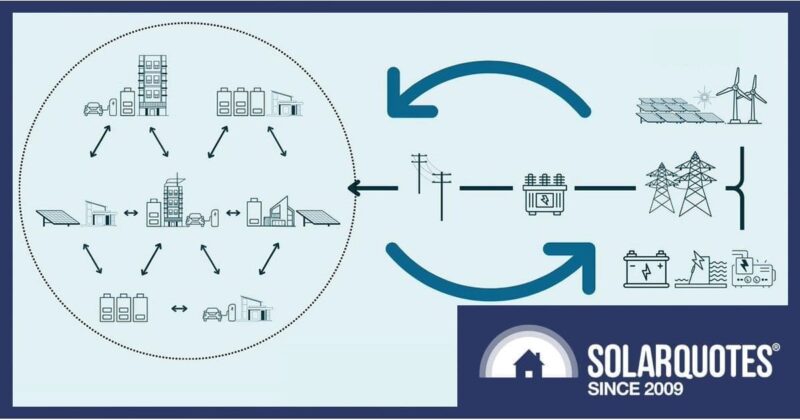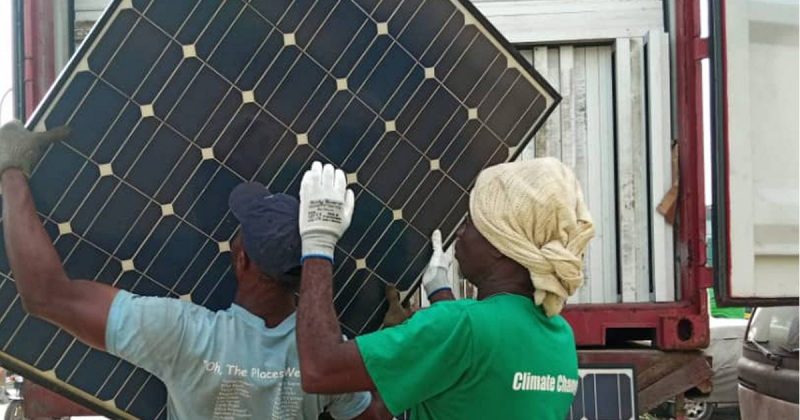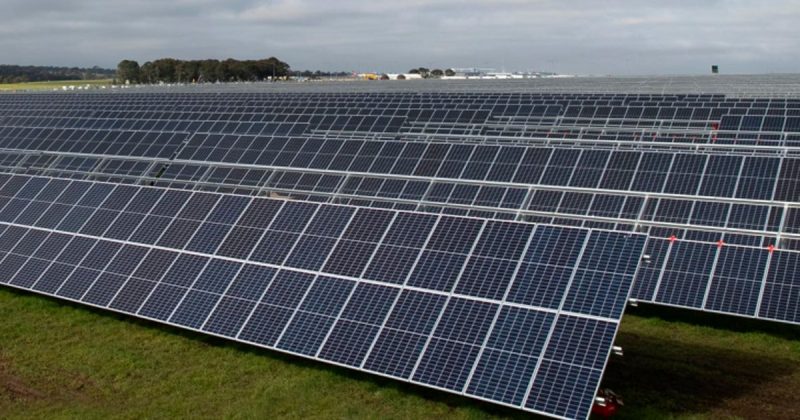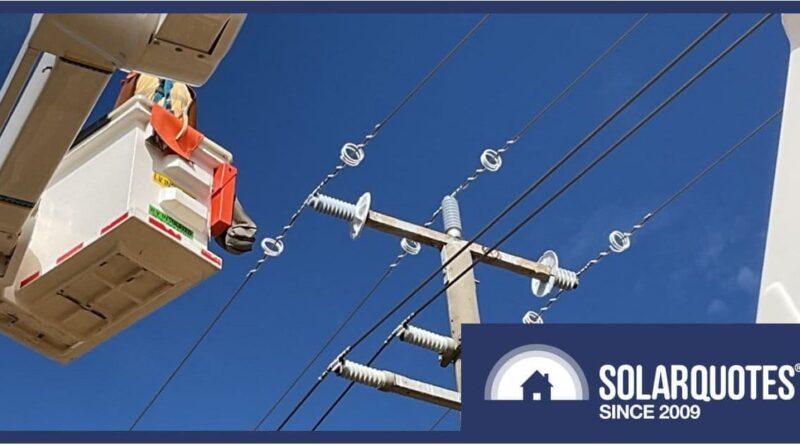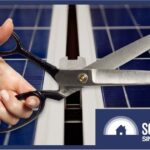Mandatory “Sun Tax” Not In Powercor’s Plans
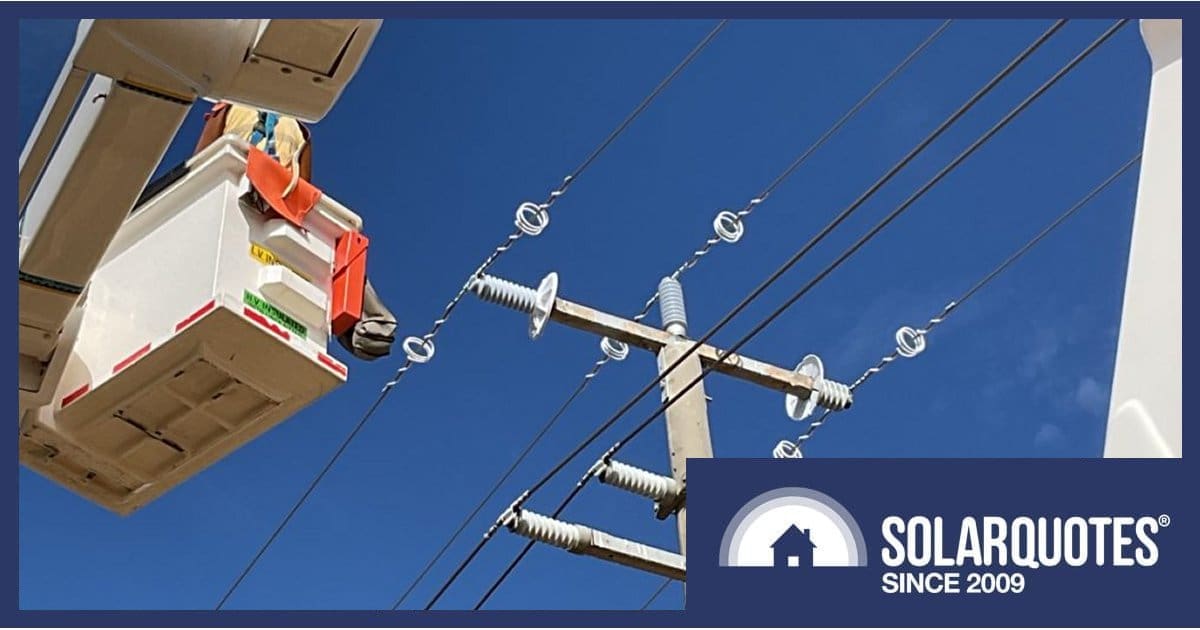
Victoria’s Powercor has released its 2026-31 Draft Regulatory Proposal for feedback – and mandatory two-way electricity pricing is not on the cards for solar owners.
Every five-years, the Australian Energy Regulator (AER) reviews Distributed Network Service Provider (DNSP) plans for a 5-year period ahead. Powercor’s draft proposal sets out the company’s preliminary plans for the 2026–31 regulatory period.
Powercor says overall, the $3.3 billion plan would add $2 to the annual network costs for its residential customers. Powercor has 823,905 residential customers, who account for 44% of the DNSP’s revenue.
Its draft plan is based on the assumptions of energy consumption rising by 35 per cent – due in part to the shift away from gas, renewable generation doubling, 22 per cent of cars being electric, and more frequent extreme weather. Powercor is contemplating a doubling in rooftop solar capacity and growing volatility between maximum and minimum demand, with peak demand growing by 15%.
Proposed Tariff Changes Summary
For residential customers, Powercor has said it wants to add a low-priced “saver” period from 11am‒4pm into the residential time-of-use tariff (ToU) to help soak up increasing solar energy exports. This will not only help with system stability, but provide more hosting capacity for solar power systems. The DNSP says many of its assets are already operating close to capacity or condition limits.
It also intends shortening the peak period in the residential time-of-use tariff – when electricity is most expensive – from 3 ‒ 9pm to 4 ‒ 9pm. This is due to rooftop solar pushing residential peak to later in the day.
Powercor is proposing to remove the residential demand tariff due to low uptake over the years, and the ongoing risk that customers “inadvertently” select it. Demand tariffs can be particularly nasty as they are based on maximum power demand (in kW) during a period. The use of multiple power-hungry appliances concurrently, even if only briefly, can tip a customer over the threshold with significant charges applied for the entire billing period.
Powercor also proposes to introduce a new secondary interruptible tariff (that it controls the availability of) for hot water heat pump systems on a dedicated circuit; providing a discounted tariff for a minimum of 18 hours each day. As for permitting EV chargers to use the controlled load tariff – which Powercor also controls the timing of – that’s a no-go as it says EV owners will not know when the option is active.
What About Two-Way Pricing (aka “Sun Tax”)?
Two-way pricing (incorrectly referred to as a “Sun Tax”) involves charge and reward elements. The charge (essentially a feed-in tariff reduction) is to encourage rooftop PV owners to consume more of their self-generated electricity when exports are at their highest, usually around 10am to 3pm. The reward is for exports to the grid during peak demand in the late afternoons and evenings.
Two-way pricing is a thorny issue, even though impact from a “sun tax” should be minimal where it is applied. But in its proposal, Powercor states:
“The Victorian Government is strongly opposed to mandatory export charges and therefore we have not considered export pricing for the default ToU tariff.”
However, it intends introducing a new two-way *opt in* residential CER (consumer energy resources) tariff. This, it says, will provide better price signals to electricity retailers of homes with flexible loads such as home batteries and down the track a little, vehicle-to-home (V2H) or vehicle-to-grid (V2G)1. Powercor says it will opt for weaker price signals focussed on long-term trends, and the tariff being available anywhere.
While exactly how much these credits and charges will be isn’t clear, Powercor provided this graph regarding structure (a legend would have been handy).

The National Electricity Rules also require a basic free export level before charges can be applied. But Powercor is proposing a zero- kWh threshold:
“because the CER tariff will be opt-in and therefore no consumer protection is required.”
Flexible Exports On The Horizon
Flexible solar exports involve remotely sending signals to compatible solar systems instructing how much power they can export during a given period based on network conditions. Flexible exports already have a foothold across the border in South Australia, where SA Power Networks (SAPN) started making the option available to more solar customers in July last year.
Powercor says:
“We are proposing to offer a flexible export product to residential customers. The advantage of this product for solar customers is that they would very likely export more energy than if they chose a static export limit.”
If Powercor’s plans are similar to SAPN’s flexible exports initiative, that wouldn’t be surprising as SAPN’s static export limit for new or upgrading solar customers is just 1.5kW per phase. But a SAPN trial a while back determined flexible export customers were able to export the full capacity of their solar power systems 98 percent of the time.
Powercor flexible export customers will have the choice of single rate, ToU or CER tariffs.
The above information is only a small part of Powercor’s 2026-31 Draft Regulatory Proposal, and the company is inviting feedback on it until 30 October 2024. You can read the full proposal and how you can provide feedback here. Submission of a final proposal to Australian Energy Regulator for approval (or otherwise) will be in January 2025.
Original Source: https://www.solarquotes.com.au/blog/powercor-draft-plan-mb3008/
